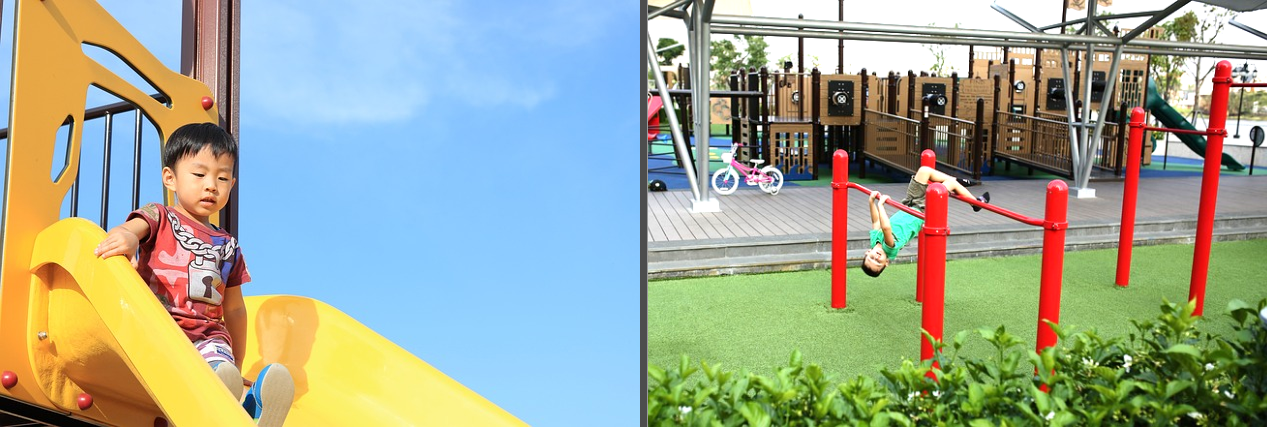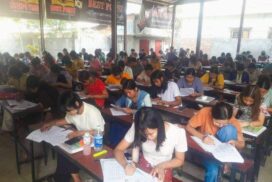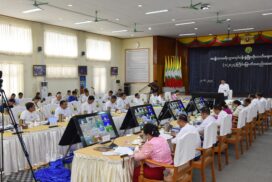Propelling our communities towards a future of longevity and well-being, where improved health
outcomes and enhanced physical fitness are not distant ideals but tangible realities
By Dr Than Lwin Tun

According to one of the objectives of the Social Affairs of the State Administration Council (SAC); “To elevate the Health and Sports sectors inclusive of all the people, improving the longevity and health of the nation”, the Ministry of Health, Myanmar, laid down the two objectives, to enable every citizen to attain full life expectancy and enjoy longevity of life, and to ensure that every citizen is free from diseases. Improving the health and sports sectors to enhance the longevity and well-being of a nation’s population requires a multisectoral approach that encompasses various aspects of healthcare, physical activity, education, and policy. Therefore, the following are some strategies that can contribute to achieving these goals;
Promoting Health Education and Awareness: Implement comprehensive health education programs in schools and communities to increase awareness about healthy lifestyles, nutrition, and the benefits of regular physical activity, use various media platforms to disseminate accurate health information, and encourage informed health results.
Access to Quality Healthcare: Ensure equitable access to healthcare services for all citizens, regardless of socioeconomic status or geographical location, and invest in healthcare infrastructure, including hospitals, clinics, and medical facilities.
Preventive Healthcare: Focus on preventive measures such as vaccinations, regular check-ups, screenings, and early detection of diseases to reduce the burden on healthcare systems, encourage individuals to adopt healthy habits, such as maintaining a balanced diet, staying physically active and managing stress.
Physical Activity Promotion: Develop and promote recreational spaces like parks, playgrounds, and sports facilities in both urban and rural areas to encourage physical activity, and collaborate with schools, workplaces, and communities to incorporate regular exercise into daily routines.
Sports Development: Invest in sports infrastructure, training facilities, and coaching programs to nurture talent from a young age and support professional athletes, and organize sports events, competitions, and leagues to encourage participation and engagement in sports.
Inclusivity and Diversity: Ensure that health and sports initiatives are inclusive of all individuals, regardless of age, gender, ability, or background, and promote programs that cater to diverse needs, including adaptive sports for people with disabilities.
Public-Private Partnerships: Foster collaborations between government bodies, private enterprises, and non-profit organizations to pool resources and expertise for comprehensive health and sports initiatives.
Research and Innovation: Invest in medical research to discover new treatments, therapies, and technologies that can improve healthcare outcomes, and encourage innovation in sports equipment, wearable technology, and fitness-tracking tools to enhance individual engagement in physical activity.
Policy and Regulation: Enact and enforce policies that promote healthy behaviours, such as regulating the advertising of unhealthy foods to children and creating smoke-free environments, offering incentives for companies to provide wellness programs and promoting employee well-being.
Long-Term Monitoring and Evaluation: Continuously monitor the impact of implemented programs on public health, longevity, and sports participation, and adjust strategies based on data-driven insights to ensure ongoing improvements.
The Sports Medicine Clinic brings together a unique team of athletic trainers, physicians, physical therapists and sports scientists to collaboratively provide the best possible medical care for athletic injuries and illnesses. The programs include the usual suspects of orthopaedics and rehabilitation alongside newcomers like sports psychology, nutrition, and even research initiatives and technology to measure and analyze data points to better address the causes of injury or secrets to peak performance. In addition, achieving improvements in the health and sports sectors requires collaboration among government bodies, healthcare professionals, educators, businesses, communities, and individuals. By addressing a broad spectrum of factors, we can work toward a healthier and more active population, leading to enhanced longevity and well-being.













